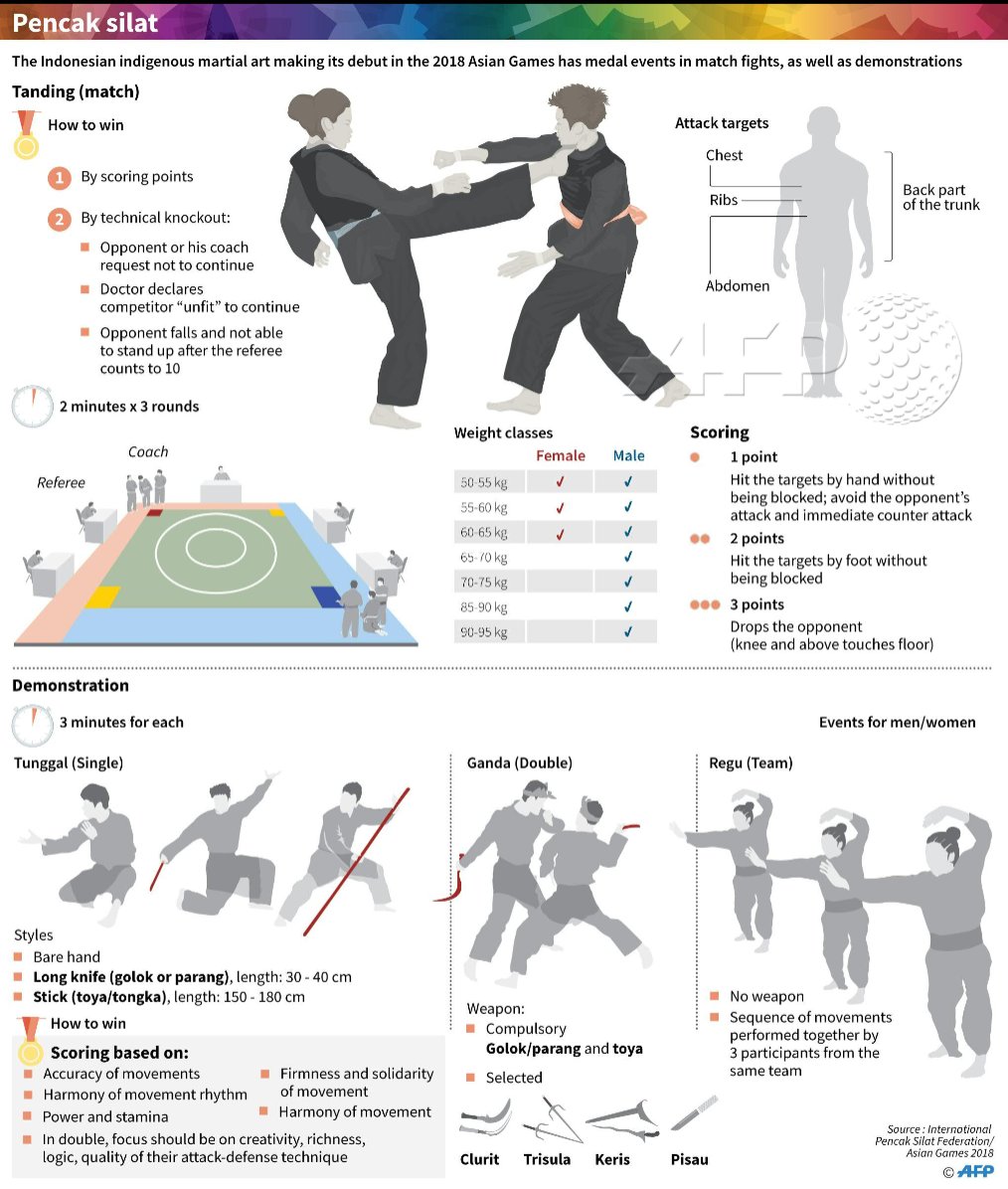The Result Of Youthful Age Martial Arts Involvement On Scholastic Success And Attention
The Result Of Youthful Age Martial Arts Involvement On Scholastic Success And Attention
Blog Article
Team Writer-Hull Lindholm
Tip onto the floor covering of expertise and reveal the hidden power that youth fighting styles have.
Like a well-sharpened sword, the influence of these ancient practices on academic performance and emphasis is a force to be reckoned with.
As you look into the depths of this conversation, you will certainly find the capacity for boosted cognitive capabilities, boosted focus abilities, and a substantial increase in academic performance.
Yet the journey does not end there, for the true secrets exist within the web pages yet to be discovered.
Enhanced Cognitive Abilities
Enhanced cognitive abilities have been observed in young people who participate in fighting styles. By taking part in martial arts training, you can enhance your cognitive features such as attention, emphasis, and memory. The physical motions and strategies involved in fighting styles call for psychological control and focus, leading to improved cognitive abilities.
Studies have shown that regular involvement in fighting styles can improve data processing speed and exec functions, which are critical for academic success. Fighting tiger rock martial arts training likewise aids to enhance problem-solving abilities and decision-making abilities, as experts find out to assess and respond promptly to various scenarios.
Furthermore, fighting styles technique promotes technique and self-control, which are vital qualities for effective learning and scholastic success.
Boosted Concentration Abilities
Exactly how can martial arts educating improve your ability to concentrate?
Martial arts training can substantially enhance your focus skills. Through the method of different methods and movements, you're called for to concentrate your attention on the job available. This continuous involvement aids to train your mind to remain existing and focused.
Martial arts likewise educate you to block out diversions and preserve a high degree of concentration also in demanding situations. The repeating of motions and methods throughout training assists to establish muscle memory, enabling you to perform activities with precision and efficiency.
Additionally, martial arts training typically incorporates mental workouts such as meditation and mindfulness, which additionally boost your ability to concentrate and preserve focus.
Boosted Academic Performance
Martial arts training can substantially improve your scholastic efficiency by fostering discipline, focus, and self-confidence.
When you exercise fighting styles, you discover to establish goals, develop routines, and manage your time successfully. These skills convert right into improved research habits and far better scholastic performance.
Martial arts additionally instruct you to remain focused and focus on the task at hand. This improved capacity to focus can greatly profit your knowing experience, allowing you to soak up and preserve info more effectively.
Additionally, the self-esteem obtained via fighting styles can favorably influence your scholastic efficiency. Relying on https://communityimpact.com/austin/lake-travis-westlake/impacts/2022/08/05/premier-martial-arts-coming-soon-to-steiner-ranch/ and having a positive state of mind can assist you overcome obstacles, take threats, and reach your complete academic potential.
Final thought
Young people fighting styles have a substantial impact on scholastic efficiency and emphasis.
Research shows that trainees who join fighting styles experience improved cognitive capabilities, enhanced focus skills, and boosted academic efficiency.
Actually, a research study found that students who take part in regular fighting styles training have a 15% higher GPA contrasted to those that don't.
This fact highlights the positive relationship between fighting styles and scholastic success, emphasizing the significance of integrating such tasks into the lives of young individuals.
